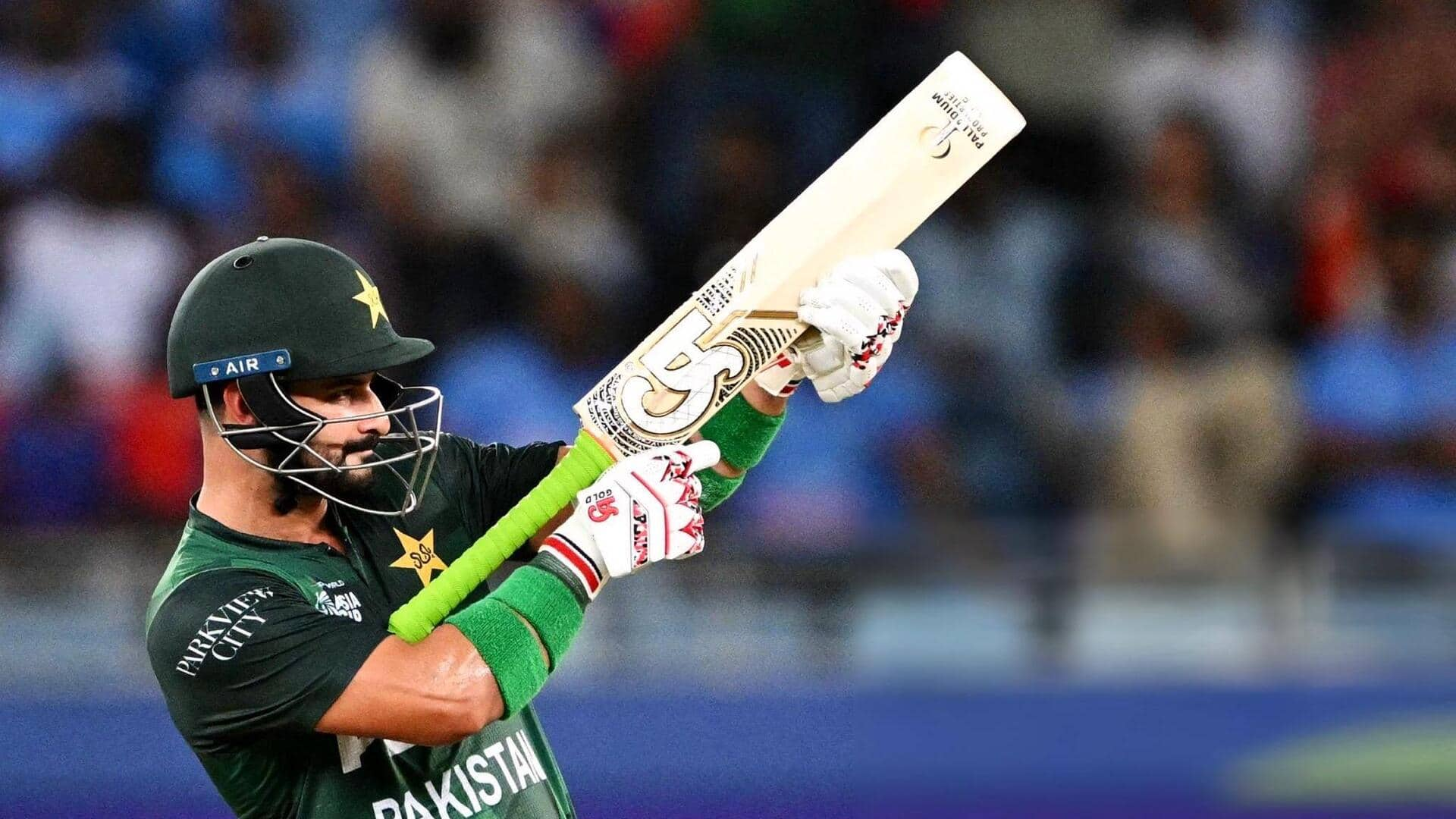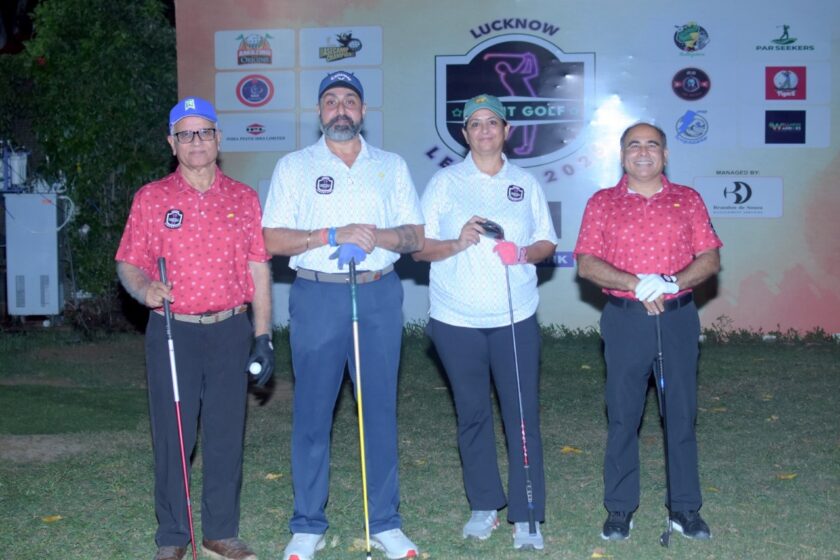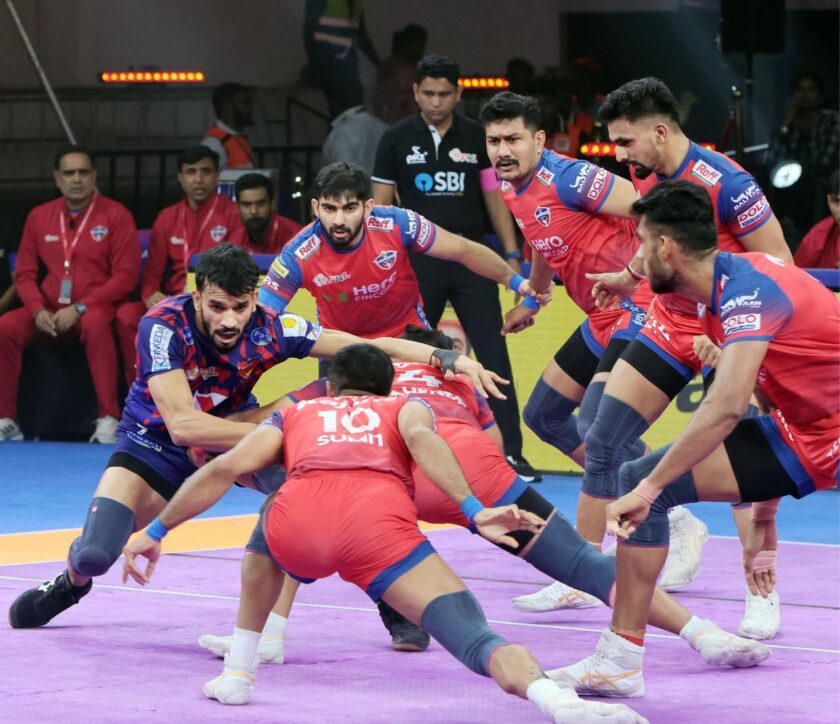Dubai: The Asia Cup 2025 should have been remembered as a moment of pride, celebration, and cricketing brilliance for India. Not only did the team lift the champion’s trophy, but it also defeated Pakistan three times in a single tournament—an achievement that would normally be hailed as historic. Yet, instead of showcasing the “gentleman’s game” as a festival of skill and mutual respect, the matches turned into spectacles of hostility, revenge, and political symbolism. What should have been a story of perseverance and teamwork ended up resembling a proxy war between two nuclear-armed neighbors.
Cricket as a Battleground
In the Indian subcontinent, cricket has rarely been just a sport. For decades, it has carried the weight of national pride, political signals, and raw emotions far beyond the boundary ropes. After the events of Operation Sindoor, tensions between India and Pakistan have risen to dangerous levels, with cricket fields doubling as alternative battlefields. Victories are celebrated not as triumphs of sportsmanship but as tools to humiliate the rival. The sound of bat striking ball is drowned out by chants of nationalism and political anger.
The question is unavoidable: Did India really win the Asia Cup—or did both nations lose the spirit of the game?
The Fallout of “Cricket-as-War”
At a surface level, this mentality fuels hatred among ordinary people. Every boundary, every wicket, every six becomes a matter of national honor. Losing to Pakistan is framed as betrayal, while winning is seen as vengeance. Social media inflames this further, where memes, abusive commentary, and hate campaigns replace healthy sporting debate. The essence of cricket—brotherhood, respect for opponents, and the beauty of the game—gets buried under toxic noise.
The consequences stretch beyond the pitch. Both India and Pakistan face immense challenges of poverty, unemployment, and inflation. Yet their political hostility blocks meaningful cooperation in trade, culture, and commerce. The bitter reality is that ordinary citizens dream of affordable goods, jobs, and peace at the border, while political elites thrive on confrontation. Nationalist frenzy—whether through military skirmishes or cricket clashes—often serves as a distraction from governance failures.
Lost Opportunities
The cost of this enmity is staggering. Given their geographical proximity and shared consumer base, India-Pakistan trade could be worth billions of dollars annually. Agricultural products, textiles, technology exchange, and cross-border tourism could generate jobs and strengthen industries. Instead, mistrust has shut these doors. Asia Cup’s victory, in this sense, symbolizes a paradox: India won on the scoreboard, but both nations lost economically, diplomatically, and culturally.
History shows that cricket once had the power to connect. Tours in the 1970s and 1980s, though politically sensitive, created bonds between families, gave artists opportunities across borders, and opened paths for trade. Matches were fierce but not poisonous; even in defeat, legends like Wasim Akram, Javed Miandad, Sachin Tendulkar, or Rahul Dravid were respected. Today, that admiration has turned into animosity. Pakistani players are demonized in Indian media, while Indian cricketers are cast as villains in Pakistan. The gentleman’s spirit has been replaced with propaganda warfare.
Who Really Benefits?

Ironically, neither country truly benefits from this hostility. Fans lose the joy of watching cricket as art. Players miss the chance to test their skills in bilateral series, frozen due to political tension. Businesses lose revenue from cricket tourism, broadcasting, and sponsorship. Even South Asia’s global image suffers, as Sri Lanka, Bangladesh, and Afghanistan find themselves sidelined while the India-Pakistan rivalry dominates headlines with negativity.
Global powers quietly encourage this rivalry. A divided India and Pakistan are easier strategic targets. Western arms manufacturers profit from defense spending, while international media thrives on the spectacle of Indo-Pak clashes. Geopolitically, as long as these neighbors remain adversaries, the dream of a united South Asia capable of rivaling other global blocs remains unattainable. Cricket is merely a small reflection of this larger reality.
A Hollow Victory
The Asia Cup 2025 will be remembered for India’s dominance on the field, but also as a study in misplaced nationalism. Yes, the trophy was won—but at the expense of cricket’s soul. The real question remains: did we honor the spirit of the game, the opponent, and the values of sportsmanship? The answer, sadly, is no. Cricket became another tool of animosity, where winning meant crushing the rival rather than excelling in sport.
From the perspective of ordinary citizens, the frustration is clear. An Indian trader would rather sell goods across the border than deal with European bureaucracy. A Pakistani student would prefer affordable education in Delhi or Bengaluru over costly Western universities. Families divided by Partition still dream of visiting ancestral homes across the Radcliffe Line. Artists on both sides seek collaboration. Yet all this remains impossible when even cricket—once a bridge—has become another wall.
The Road Ahead
The way forward demands courage from leaders and civil society alike. Cricket must be depoliticized. Boards should ensure players are respected and not demonized. Media must take responsibility and stop portraying matches as battles. And above all, trade, tourism, and cultural ties must be revived. When people experience the tangible benefits of peace, they are less likely to fall prey to political manipulation.
Cricket can still be a tool of healing. Neutral-venue series, youth exchange programs, and cultural festivals alongside matches could remind both nations that they share far more than they differ. Sport holds a power that politics lacks. But for that, cricket’s dignity must be restored—it must be seen as a game again, not a war.
The Asia Cup 2025 will be remembered for India’s triumph. But history may also judge it as another missed opportunity—when cricket could have mended wounds but instead deepened divides. For India and Pakistan, the real victory will not come from runs and wickets, but from rediscovering sportsmanship and letting cricket be a bridge, not a battlefield. Until then, every “victory” will remain hollow—because one country may win a match, but both will continue to lose the game of cricket.






